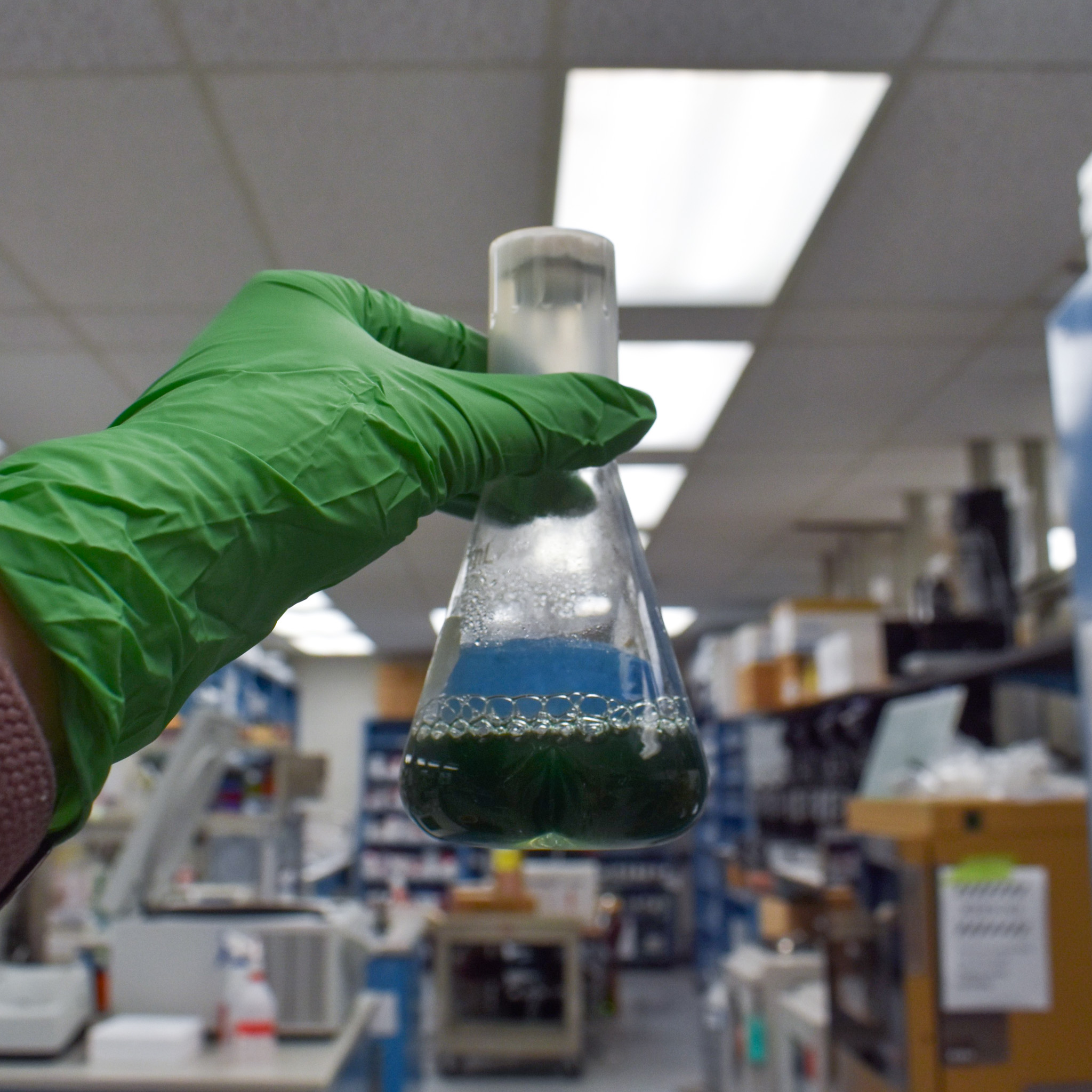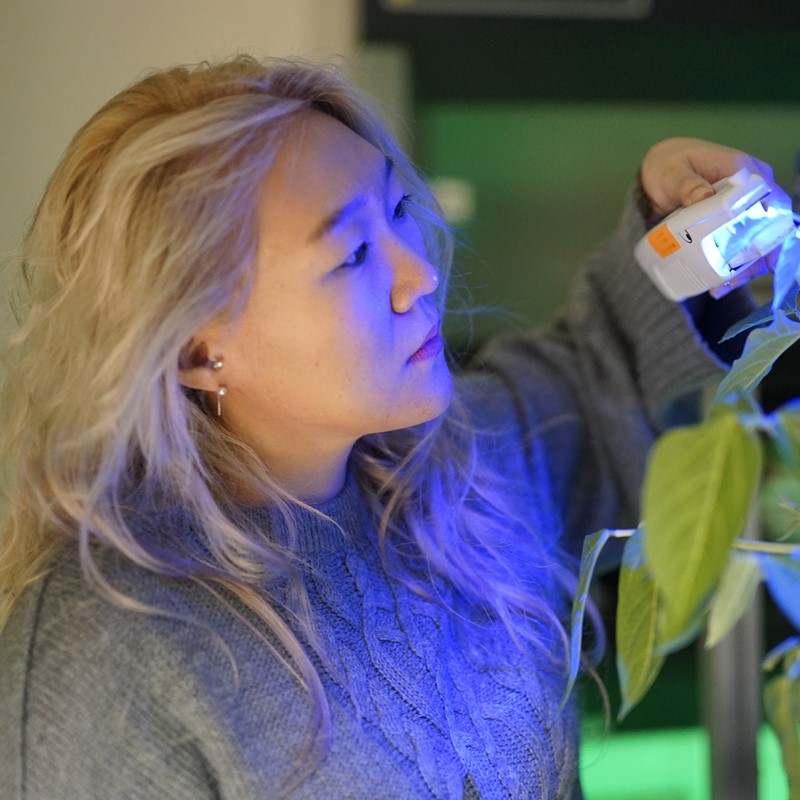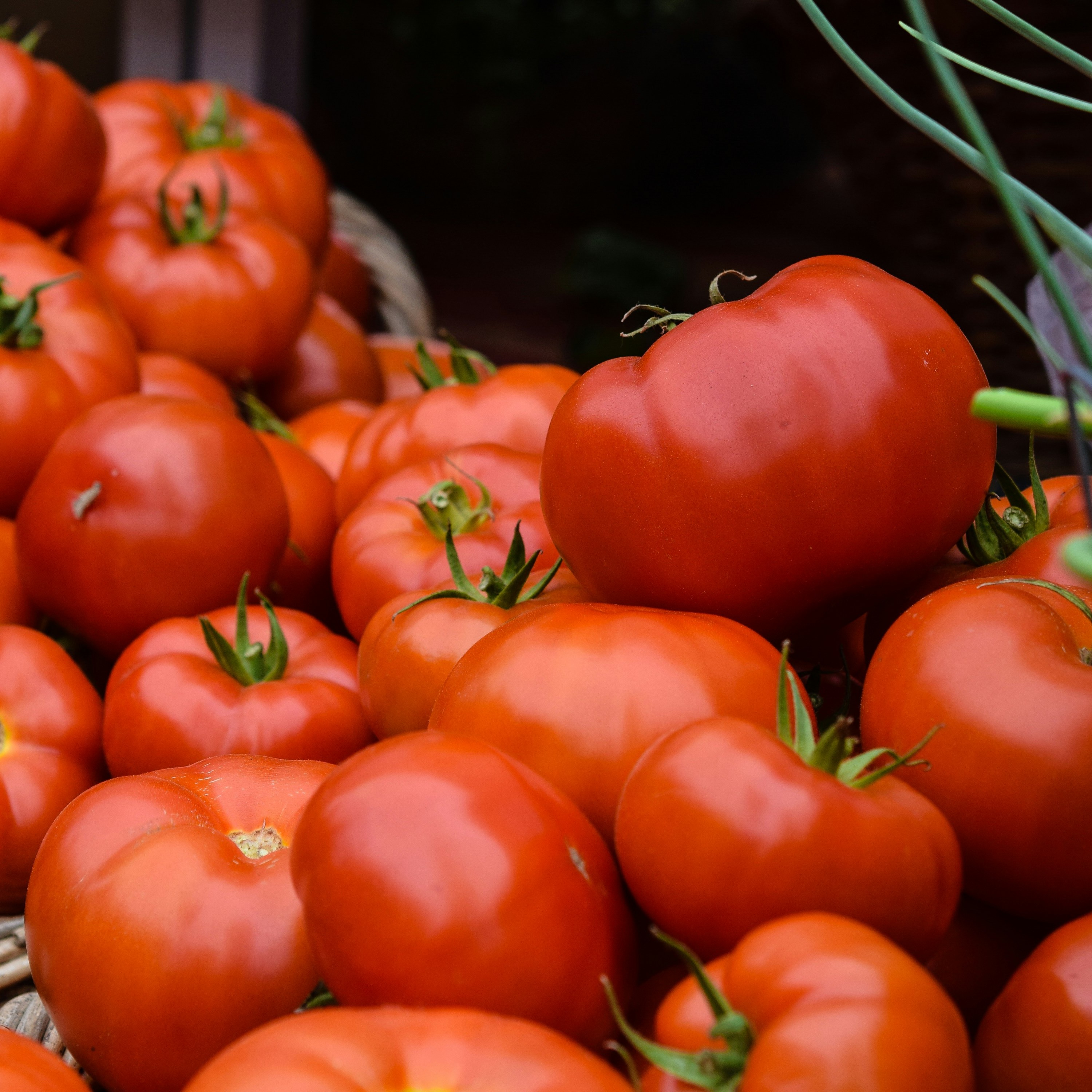Newly discovered sugar transporter might help beans tolerate hot temperatures
MSU-DOE Plant Research Laboratory (PRL) scientists have characterized a sucrose transporter protein found in common beans. The recently discovered protein could help us understand how beans tolerate hot temperatures. The transporter, called PvSUT1.1, is reported in the journal Plant Direct.
During photosynthesis, bean leaves capture carbon dioxide from the air and convert it into sugars that fuel their growth and development. Most species transport these sugars throughout the plant in the form of sucrose.
The sucrose travels through a system of vein-like highways, called the phloem, that permeates the entire plant body. A group of helper proteins, aptly called sucrose transporters, load that sucrose from their origin cells into the phloem for transport to growing tissues, such as flowers and fruits.
“In legumes, particularly in common beans, there are very few sucrose transporters functionally identified and studied,” says James Santiago, a post-doc in the lab of Thomas Sharkey, University Distinguished Professor at the PRL. “To date, scientists have identified and functionally characterized two transporters in common beans.”
James and the Sharkey lab have now added a third transporter to this small catalogue. The study was made possible after the Lowry lab at Michigan State University identified the gene that codes for this protein.
Determining structure and function

By Victor DiRita, Jr., MSU College of Natural Science
PvSUT1.1 is ubiquitous in bean plants where it is found in leaves, stems, flowers, and the bean pods. This suggests a widespread role of the protein within the plants.
To confirm that the protein is a transporter, the team compared its amino acid sequence to that of the other known transporter from common beans. The proteins are 68% similar in sequence, a number which denotes a high degree of resemblence for this type of protein.
“I also did some computer modeling to compare our protein with a known sucrose transporter protein from the model plant, Arabidopsis. The structures highly resembled each other, which reinforces the idea the gene from beans encodes for a sucrose transporter protein,” James adds.
Benchmarking the protein’s performance
PvSUT1.1 activity levels rely on pH, with optimum activity when pH is acidic. The lowest pH level measured, 4.0, showed the highest transport rate.
The protein also has a high affinity for carrying sucrose. In other words, even when sucrose level is low outside the cell, the protein can still pick sucrose up and move it into the phloem cells.
“We also discovered that our protein is located at the plasma membrane, the boundary between the inside and outside of a cell,” James adds. “This is critical. We are putting stock in the idea that this transporter moves sucrose from the outside of cells and into the phloem. To perform this function, its location on the plasma membrane is a must.”
Next, the team will overexpress the new gene in the phloem cells and screen plants for any effects, especially in plant reproduction. Overexpressing the genes should also yield clues on whether a higher number of transporters helps reproductive tissues, such as pollen grains, to better tolerate hot temperatures.
“There are times when sucrose transport or production is reduced, like when plants are stressed by heat,” James says. “The decrease in sucrose transport negatively affects beans’ reproductive capabilities. Perhaps increasing the number of sucrose transporters means the flowers could still get the required amounts of sucrose they need to reproduce.”
The project is primarily funded by the MSU Plant Resilience Institute and in collaboration with Professor John Ward at the University of Minnesota. Banner image of assorted colored beans by Shelly Pauls, Unsplash License
By Igor Houwat, James Santiago



